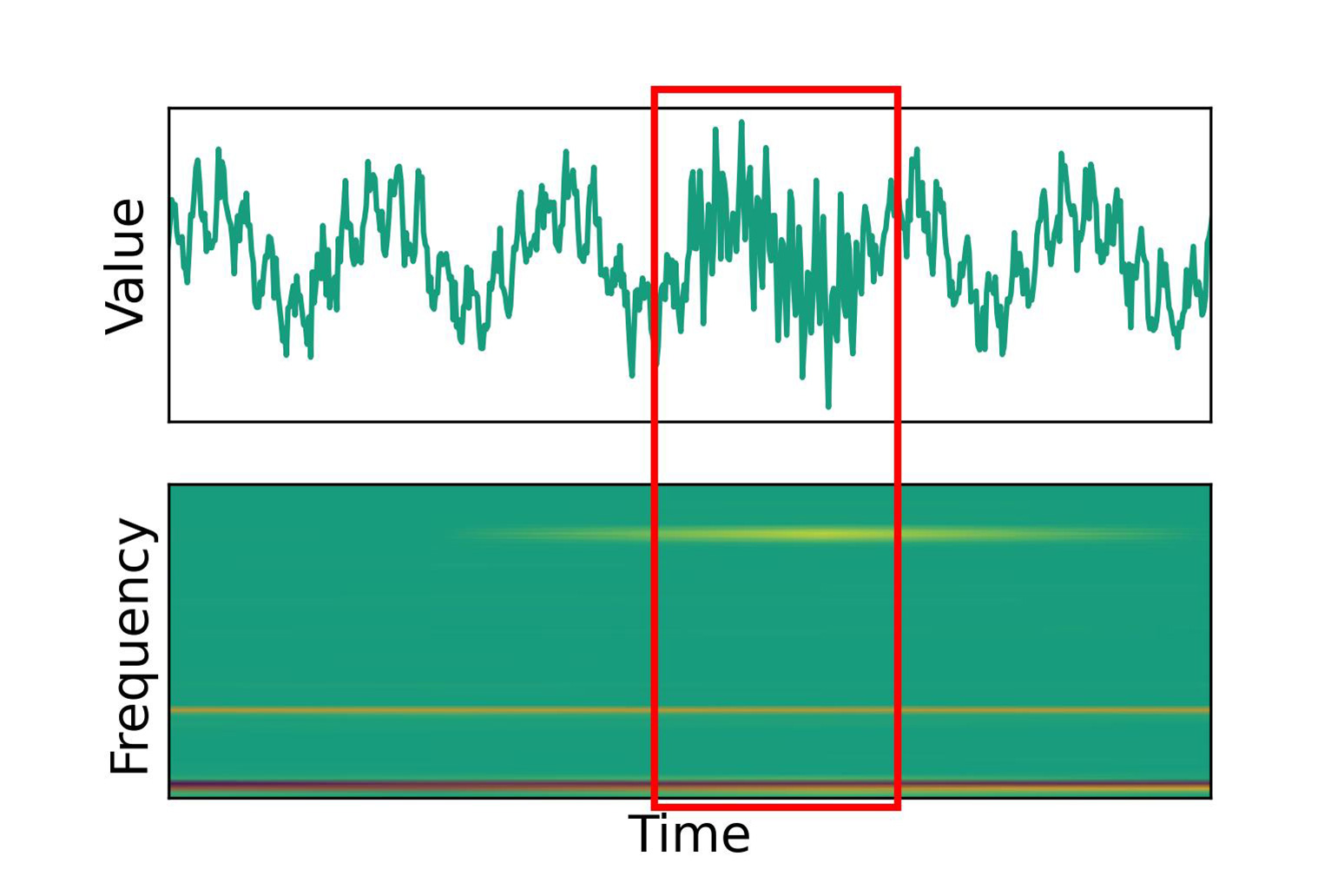In the process of realizing Industry 4.0 both equipment and industrial processes are digitally interconnected and great amounts of data are acquired. Machines continuously record their state or control variables and process steps are monitored by dedicated sensors. Data analytics are fundamental to gain a benefit from the dataset, but the sheer amount of data makes manual inspection almost impossible. Manually defined rules can be useful for a simple supervision of processes, but with complex data it is impossible to define every possibility. Only with automated software can the data be analyzed with feasible effort. Machine learning methods are therefore needed to exploit the full potential of the data. Analysis of time series data, which is ubiquitous in an industrial environment, is one of the key competences of the Machine Learning Enhanced Sensor Systems Group (MLS) of Fraunhofer EMFT.
Time Series Analysis for Condition Monitoring and Predictive Maintenance
Optimizing the efficiency, service life and production processes of machines

Condition monitoring and predictive maintenance are playing an increasingly important role in industrial applications today. The digitalization of more and more areas of industry and the constantly growing amount of available sensor data enables the development of sophisticated applications. The group MLS at Fraunhofer EMFT has expertise in the evaluation of such industrial sensor data, which is usually in the form of time series. The focus is not only on the pure analysis of this data, but also on the development of novel applications that, through the use of AI among other things, enable condition monitoring of complex machines and processes and, in a further step, predictive maintenance. For users, this means a better overview of the condition of their assets to achieve less downtime and lower maintenance costs. The group offers its partners complete solutions ranging from the selection and integration of sensor technology to data processing and storage, the design and training of models and the integration of applications into existing systems.
Condition Monitoring
Condition monitoring is the automated determination of the health status of machinery. This is achieved by analysing internal machine data and additional sensor data, which is of particular interest for brownfield equipment (existing equipment).
Often the condition of machinery can only be estimated based on a combination of factors such as process steps, environmental conditions and service history. For example, expected vibration levels can vary greatly depending on the current process step or mechanical load of a machine. With machine learning, it is possible to identify and distinguish complex patterns in the data that represent the different operating states of the machine.
One aspect of condition monitoring is anomaly detection, i.e. the detection of rare fault events. If an anomaly occurs, the machinery can be shut down for safety reasons. If shutdown is not necessary, multiple anomalies may indicate a deterioration of the machinery that might result in a major failure.
Other changes in condition are not abrupt, but occur over time. For example, in a control loop, a steadily increasing control output could indicate wear-out of a moving part.
In addition to pure data driven analysis, it is possible to incorporate physical models. Parts of the machinery or a process can be physically modelled and the outputs of the model can be compared with the real-world measurements.
Predictive Maintenance
The goal of predictive maintenance is to estimate the remaining useful lifetime (RUL) of machinery or individual components.
This then enables to schedule the maintenance according to the needs. In contrast, preventive maintenance, i.e. maintenance at regular intervals, causes unnecessary downtime and a wastage of spare parts since the maintenance happens too often. Another strategy, where the operator waits with the maintenance until a failure happens, is called reactive maintenance. This can cause long downtimes, since unscheduled maintenance can be faced with difficulties like missing spare parts or a major damage.
The basis for estimating the remaining useful lifetime is condition monitoring. If the deterioration of the current condition can be estimated, either by a physical model or by statistical analysis of failure data, it is possible to predict the remaining useful lifetime.
Predicting the future is always difficult and fraught with uncertainty. It is therefore best to build an estimate of uncertainty into the forecast so that decisions can be made at a chosen confidence level.
